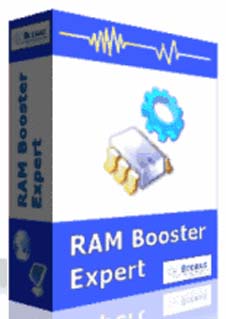

If you play a lot of video games or use video editing software, take note of whether your graphics processing unit is a discrete GPU (a separate unit) or integrated GPU. However, as programs become more demanding, you may need to upgrade after a few years.įor 3D modeling, rendering, and other professional tasks, consider 32GB to keep your computer running smoothly for years to come. However, at this capacity your computer may become sluggish when you have several browser tabs or applications open at once.įor gaming, digital illustration, and video editing, 16GB offers plenty of speed and multitasking capability.

The larger the capacity, the more data your computer can handle at once.įor everyday tasks like web browsing, 4 to 8GB will get you by. RAM traditionally comes in capacities of 2GB, 4GB, 8GB, 16GB, and 32GB.

However, by finding out what type of memory is compatible with your computer and how much memory you need for your day-to-day tasks, you’ll have a good idea of what to look for.

If you’ve never purchased RAM before, your options can be intimidating. More RAM is generally better, but it can become expensive at higher capacities and may be more than you need. Memory plays the biggest role in your computer’s speed, followed by your CPU, which does the “thinking” of your computer and is responsible for launching applications quickly. While your internal drive contains data like applications, documents, and your operating system, your RAM quickly accesses the data on your drive to respond to requests and stores data you may need in the short term. RAM stands for “random access memory” and serves as the short-term memory of your computer. RAM is found on a range of devices, from smartphones to gaming consoles, but it’s only possible to upgrade the RAM of a desktop or laptop computer.


 0 kommentar(er)
0 kommentar(er)
